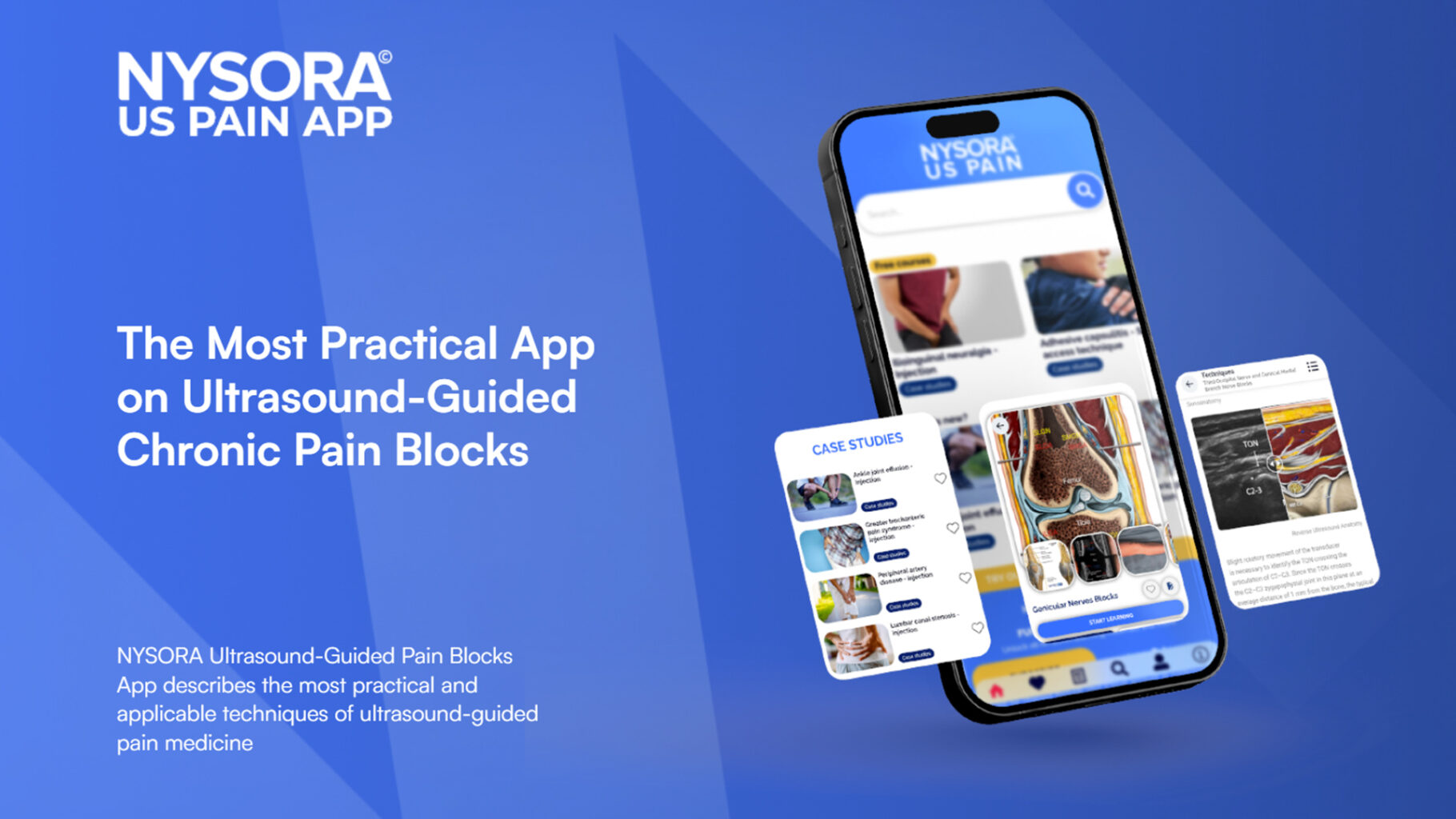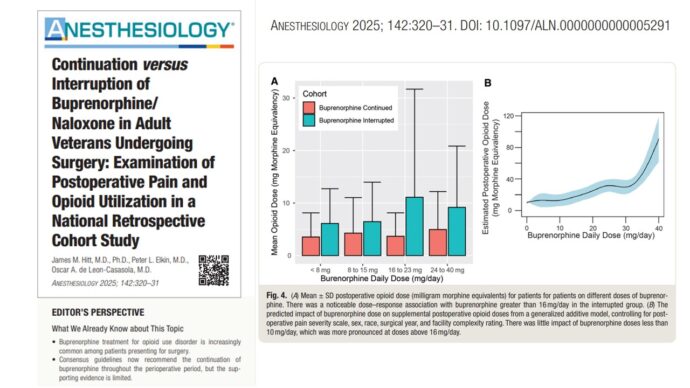
Redefining acute pain assessment to improve prediction of chronic postsurgical pain (CPSP)
A recent study published in the British Journal of Anaesthesia by Maurice-Szamburski et al. examines the limitations of traditional pain assessment methods in predicting chronic postsurgical pain (CPSP). The researchers propose a shift in focus from pain intensity to patient-reported pain experience, identifying this as a more reliable predictor of long-term pain outcomes. Their findings reveal that capturing the subjective pain experience may enable more effective pain management and reduce the likelihood of CPSP after surgery.
Overview of chronic CPSP and study goals
CPSP affects up to 25% of patients after surgery, posing a considerable burden on healthcare systems and significantly diminishing quality of life. Traditionally, high levels of acute postoperative pain have been correlated with CPSP risk. However, psychological factors such as anxiety, depression, and pain catastrophizing also contribute to the development of CPSP. Recognizing this complexity, the authors sought to determine whether a patient’s subjective pain experience, measured through a validated patient-reported outcome tool, might serve as a more effective predictor of CPSP than pain intensity alone.
Key findings
Conducted as a secondary analysis within a multicenter clinical trial of 294 orthopedic surgery patients, this study utilized the Evaluation du Vecu de l’Anesthésie Générale (EVAN-G) questionnaire to assess patient pain experience. Key findings include:
- Pain experience as a predictor: Out of 219 patients with complete data, 63 (29%) developed CPSP 90 days post-surgery. Those who reported a poorer pain experience on the EVAN-G pain dimension on the second postoperative day were significantly more likely to develop CPSP. This outcome highlights the predictive value of the subjective pain experience, with patients who scored poorly on the pain dimension showing an increased risk.
- Limited role of pain intensity: In multivariate analysis, once the pain experience variable was included, acute pain intensity lost its predictive significance for CPSP. Instead, pain experience—capturing cognitive and emotional dimensions—emerged as a more reliable predictor. Additional factors like preoperative pain and tobacco use also retained significance, but pain experience was the most influential variable.
- EVAN-G questionnaire: The EVAN-G assesses six dimensions of the perioperative experience, with the pain dimension specifically linked to CPSP risk. This dimension, assessed on postoperative day two, provided a more nuanced view of patient discomfort, reflecting psychological elements often missed in traditional pain scales.
Implications for pain management
The study underscores the importance of expanding pain assessment protocols to include patient-reported experiences, suggesting that such an approach could better identify patients at risk for CPSP. Key recommendations include:
- Incorporate patient-reported outcomes: Shifting from purely objective pain scales to tools that measure subjective pain experiences (such as the EVAN-G) could lead to more personalized and effective postoperative pain management.
- Address psychological components of pain: Recognizing the role of psychological factors in pain experience, healthcare providers could incorporate interventions that address patient anxiety and pain catastrophizing to reduce CPSP risk.
- Reevaluate pain management strategies: Moving beyond intensity-based approaches, pain management strategies should prioritize functional recovery and address cognitive aspects of pain, potentially reducing long-term complications like CPSP.
Conclusion and future directions
This study suggests that focusing on the subjective pain experience may offer a more accurate prediction of CPSP than pain intensity alone. By integrating tools like the EVAN-G questionnaire into postoperative care, providers can identify at-risk patients earlier and tailor interventions to address both the physical and psychological facets of pain. These findings pave the way for future research and practice changes aimed at improving patient outcomes and reducing the incidence of CPSP
For more details, refer to the full article in BJA
Maurice-Szamburski A, Bringuier S, Auquier P, Capdevila X. From pain level to pain experience: redefining acute pain assessment to enhance understanding of chronic postsurgical pain. Br J Anaesth. 2024;133(5):1021-1027.
For detailed information on chronic pain management using ultrasound-guided interventions, download NYSORA’s US Pain App!




